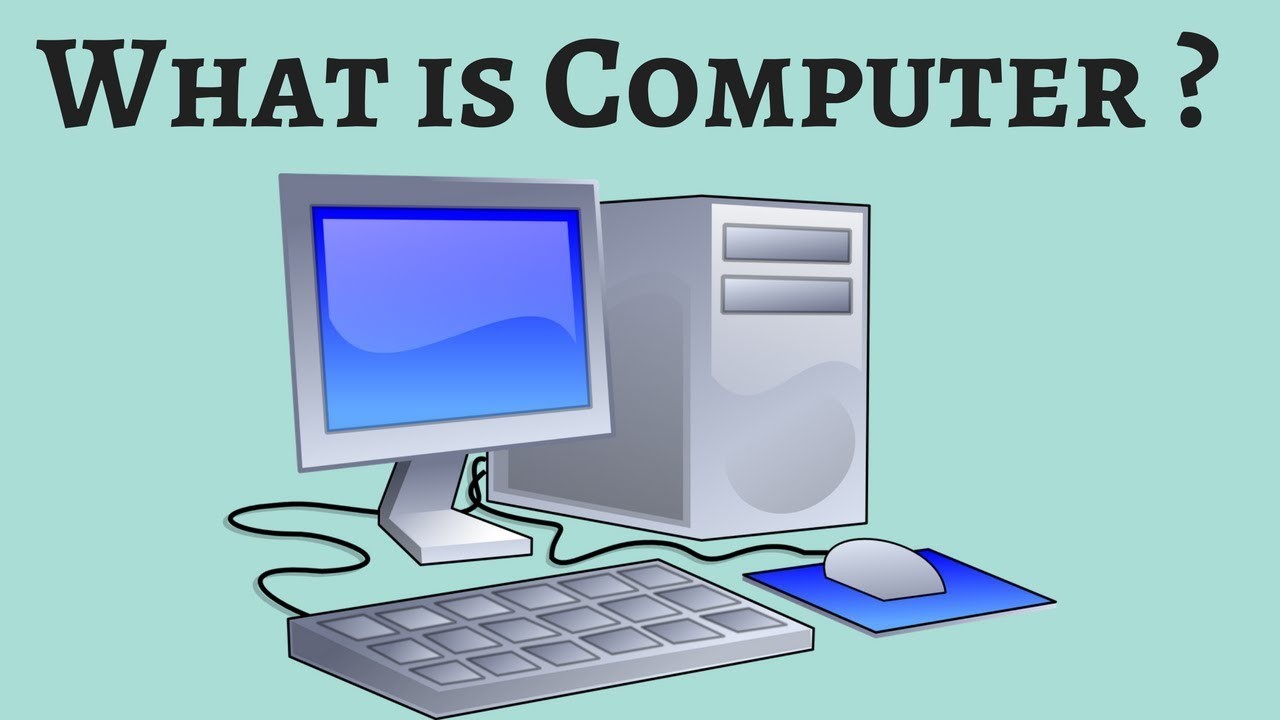A Computer is a group of electronic devices used to process data. In the 1950s, computers were massive, special–purpose machines that only huge institutions such as governments and universities could afford. Primarily, these early computers performed complex numerical tasks, such as calculating the precise orbit of Mars or planning the trajectories of missiles or processing statistics for the Bureau of the census. Although computers were certainly useful for tasks like these, it soon became apparent that they could also be helpful in an ordinary business environment.
In the 1960s, modern computers began to revolutionize the business world. IBM introduced its System/360 mainframe computer in April 1964 and ultimately sold over 33,000 of these machines. As a result of the commercial success of its System/360, IBM became the standard against which other computer manufacturers and their systems would be measured for years to come.
In the 1970s, Digital Equipment Corporation (DEC) took two more giant steps toward bringing computers into mainstream use with the introduction of its PDP–11 and VAX computers. These models came in many sizes to meet different needs and budgets. Since then, computers continue to shrink in size while providing more power for less
money. Today, the most common type of computer you will see is called a personal or PC, because it is designed to be used by just one person at a time. Despite its small size the modern personal computer is more powerful than any of the room–sized machines of the 1960s.
Fundamentals of Computers
A system can be defined as a set of components that work together to accomplish one or more common goals. A Computer is nothing but a system accepting input from a user, process the same, and giving the output in the required format. In other words a computer is a machine , which can be programmed to compute. The characteristics of a computer are:
• Response to a specific set of commands called as Instructions.
• Execution of a prerecorded list of instructions called Program
Characteristics of Computers
There are various features or characteristics of the computer system depending on their size, capacity, and specifications. But, the major characteristics of the computer can be classified into Speed, Accuracy, Diligence, Versatility, Reliability, Consistency, Memory, Storage Capacity, Remembrance Power, and Automation.
Limitations of Computer
Some limitations of the computer system are given below:
• The computer itself cannot function. It needs a set of instructions to perform or process any task.
• Computers cannot think or feel like humans. They can only work according to the instructions given.
• Unlike humans, computers do not learn from experiences.
• Power is required to operate the computer and unexpected problems or errors can occur in the event of a breakdown of the system.
Types of computers and features
There are two basic categories of computers: Special purpose and General Purpose. Special purpose computers are designed to perform a specific task such as keeping time in a digital watch or programming a video cassette recorder. In the case of General purpose computers they are adapted to perform any number of functions or tasks. Computers based on their size, cost and performance can be further classified into four types
1. Super Computers
2. Main Frames
3. Mini Computers
4. Micro Computers
